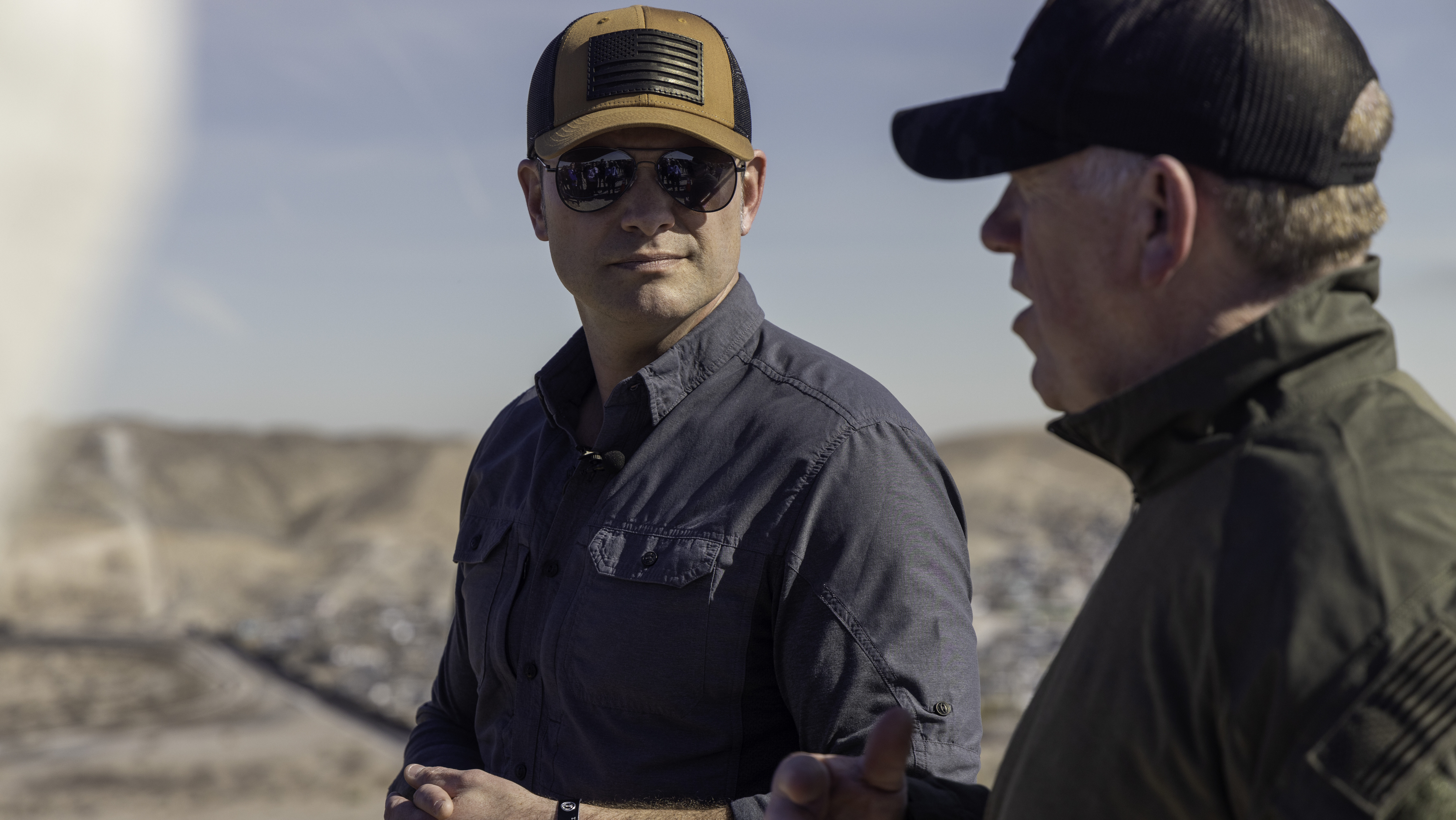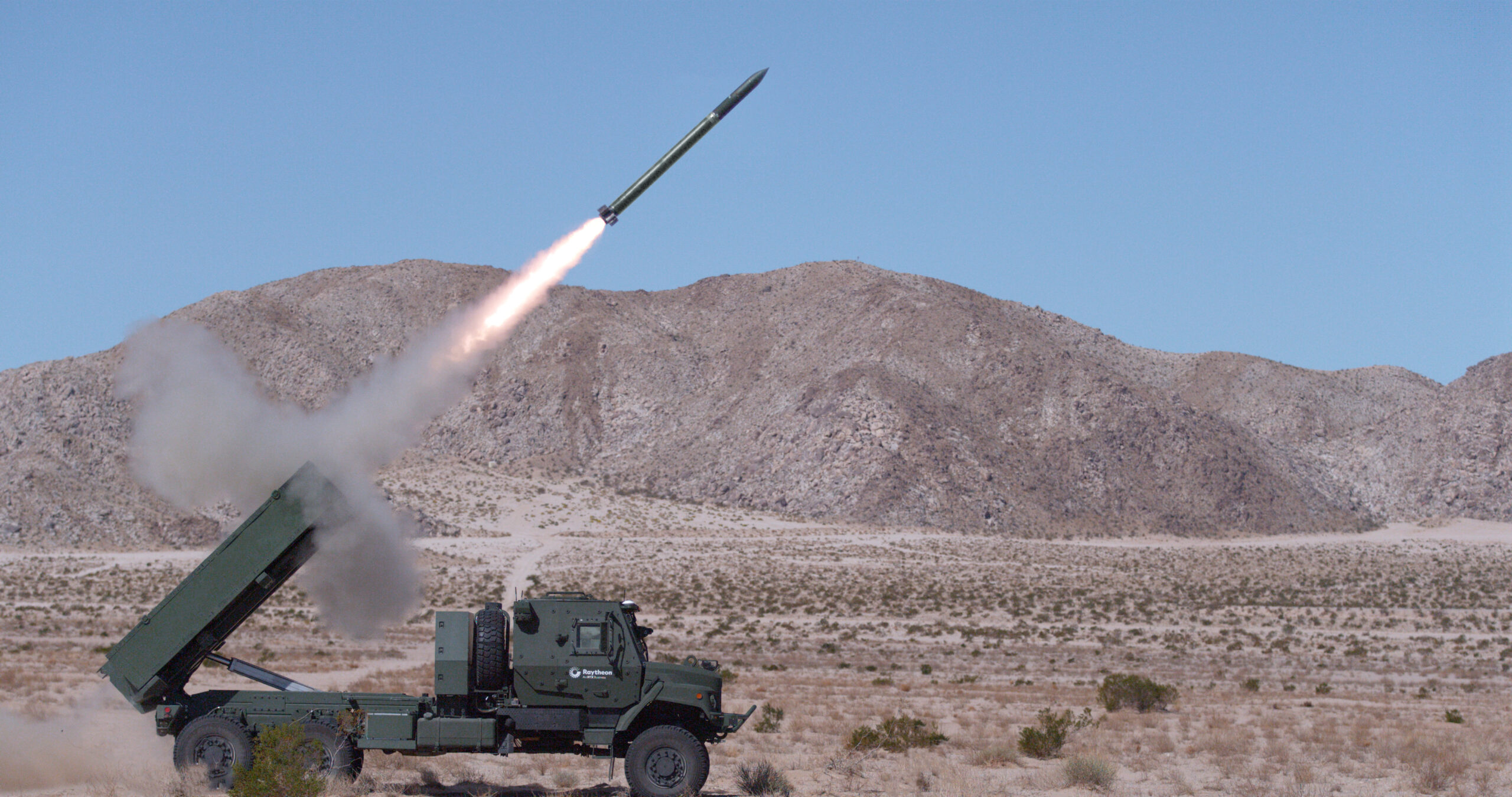Aboard the Ford: What it’s like on a US Navy aircraft carrier preparing for deployment
“We have everybody on board getting to know each other and working on that synchronicity that’s required, and that’s really kind of the heart of COMPTUEX. This is a rehearsal, and we’re going to get it right,” says Capt. Rick Burgess, the Ford’s commanding officer.
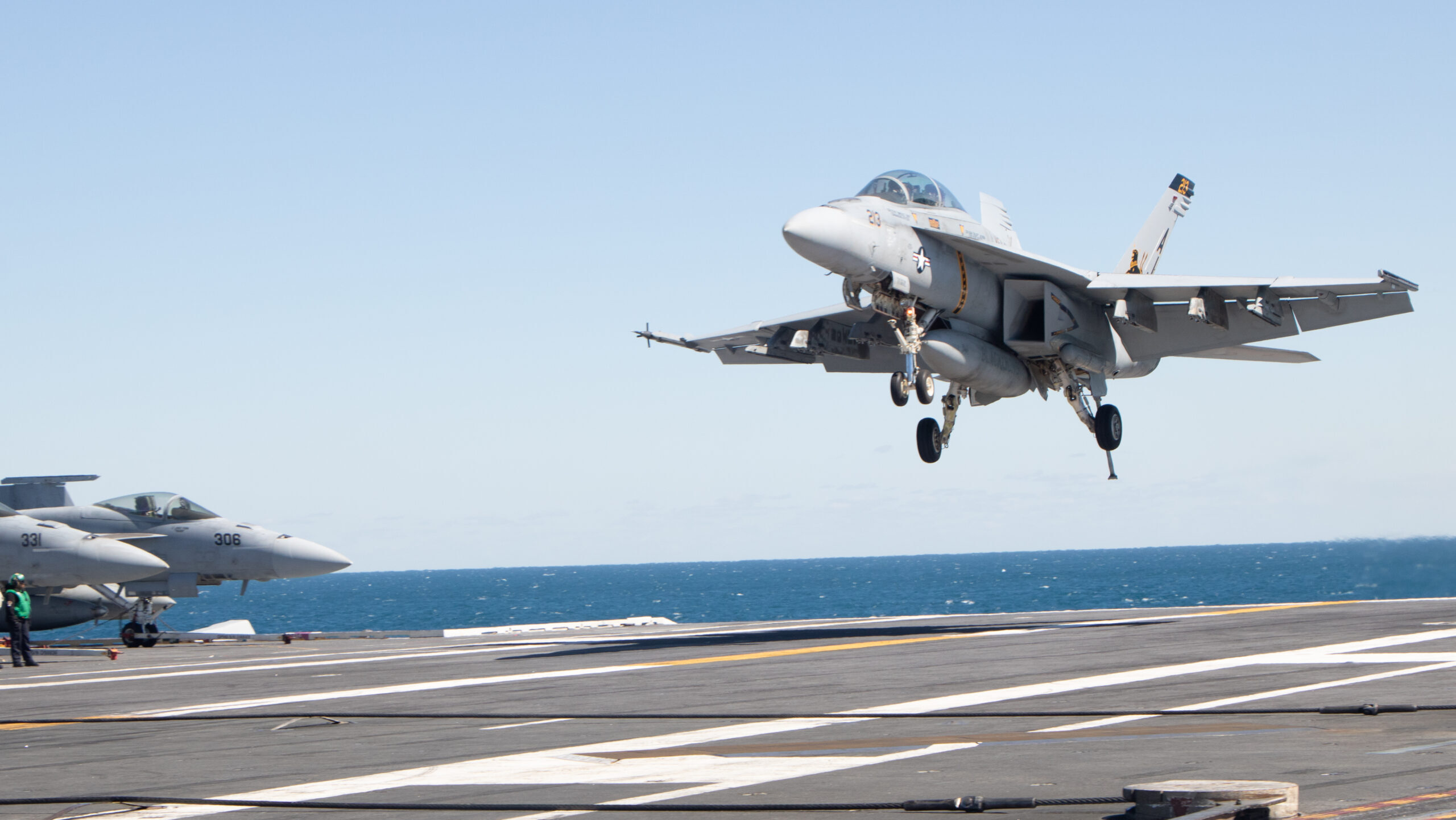

An F/A-18 Super Hornet from Strike Fighter Squadron 213 lands aboard the USS Gerald R. Ford (CVN-78) (Photo by Justin Katz/Breaking Defense.)
FLIGHT DECK OF THE USS GERALD R. FORD — “Here we go!” the air crew chief yells, waving his hands back and forth to grab the attention of the two dozen reporters and sailors sitting in the cabin of this US Navy C-2A Greyhound transport aircraft as it comes in for a landing. Moments later, everyone is pinned to the back of their seats as the tailhook on the Greyhound catches one of the flight deck’s wires upon landing and, through the power of electromagnetism, the plane comes to a dead stop in a matter of seconds.
As the reporters exhale and the plane’s aft door opens, it reveals the deck of an aircraft carrier where numerous sleek F/A-18 Super Hornet fighter jets come into view, surrounded by sailors wearing their iconic, brightly colored jerseys. When the Greyhound finishes taxiing, its passengers follow a sailor sporting a white jersey — signifying personnel responsible for safety — off the flight deck.
As the ship steams somewhere in the Atlantic Ocean not far away from Naval Station Norfolk, another Super Hornet soon roars to life and launches off the carrier, visible to the ship’s guests on a nearby monitor in one of the carrier’s internal rooms.
The Gerald R. Ford (CVN-78) is the US Navy’s newest and most technologically advanced operational aircraft carrier. Embarked with thousands of sailors and officers — and on this sunny but cold March day, a small group of reporters — the crew is conducting their Composite Unit Training Exercise (COMPTUEX), a major event every carrier strike group must complete before beginning a new deployment to ensure the warships are prepared for whatever they encounter.
“We have everybody on board getting to know each other and working on that synchronicity that’s required, and that’s really kind of the heart of COMPTUEX. This is a rehearsal, and we’re going to get it right,” Capt. Rick Burgess, the Ford’s commanding officer, tells reporters while standing in the carrier’s hangar, flanked by two Super Hornets in the background.
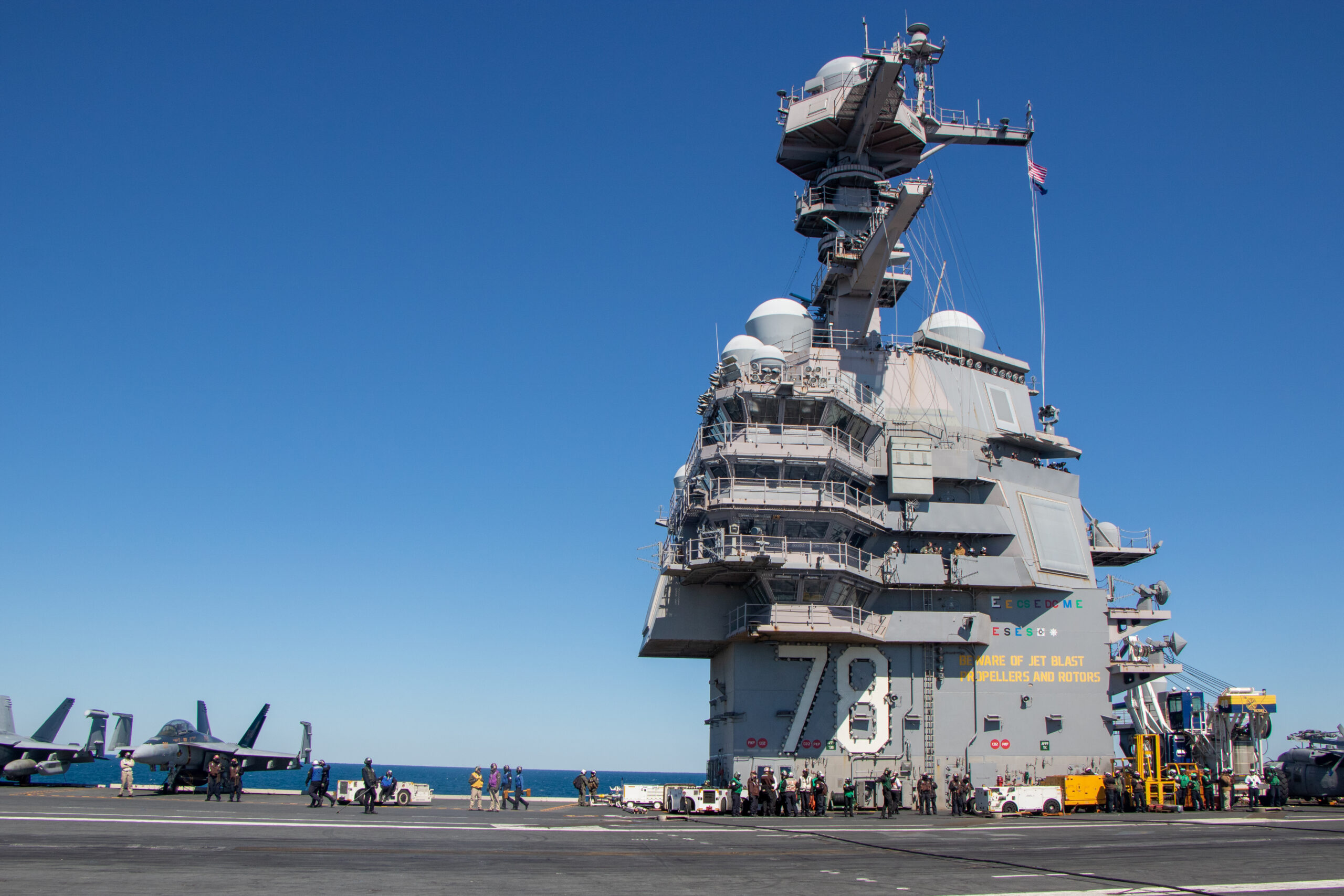
The Gerald R. Ford (CVN-78) is one of the US Navy’s newest and most technologically advanced aircraft carriers. (Photo by Justin Katz/Breaking Defense.)
COMPTUEX is designed to prepare a carrier strike group for operations in all of the world’s hot spots: the Middle East (US 5th Fleet), the Mediterranean (US 6th Fleet) and the Pacific (US 7th Fleet). For now, officials say, the strike group’s next deployment will likely begin this summer in the Mediterranean, but those plans are always subject to change — particularly given the volatility of the Middle East.
A carrier strike group can take any number of different configurations depending on what ships the Navy has available and what missions the Pentagon needs accomplished. Today, the Ford is the centerpiece of Carrier Strike Group 12, and the most senior officer aboard is Rear Adm. Paul Lanzilotta, a naval aviator who also once held Burgess’ spot as the ship’s commanding officer.
“Everything from humanitarian assistance and disaster relief all the way to major combat operations” are potential assignments, he tells reporters while standing next to Burgess. “What we typically do is plan for all of the above so that we’re deployed and ready to go into harm’s way regardless of what we’re asked to do.”
Carrier Air Wing 8, led by Capt. David Dartez, is also aboard and equipped with the full gamut of naval airpower squadrons, including Super Hornets, Growlers, Hawkeyes, Seahawk helicopters and Greyhounds. (The one noticeably absent aircraft is the carrier variant of the F-35 Joint Strike Fighter, which has not yet undergone necessary integration to operate from the newer carrier class.)
Dartez says the Navy’s recent operations in the Red Sea, in which ships have been fending off missile and drone threats from Houthi rebels in Yemen, have informed changes to the current training regimen, which sailors will be practicing during COMPTUEX.
“A big example [of training changes] is a lot of unmanned aircraft and training against those unmanned aircraft. We know that they’re a threat. We know that they’re out there,” he tells reporters. “I can’t get into the tactics and procedures [of combating them] but I will just say that they are small, they are hard to find, and we work hard to get after that.”
Not visible from the Ford’s flight deck are a total of six Arleigh Burke-class destroyers nearby conducting their own training events. Four of those ships make up Destroyer Squadron 2 and are commanded by Capt. Mark Lawrence. A fifth ship, Roosevelt (DDG-80), is usually based in Rota, Spain, but is joining the strike group for COMPTUEX. The sixth destroyer is Winston S. Churchill (DDG-81), which has been designated the air and missile defense commander.
The Churchill’s designation is significant. The air and missile defense commander role is “massive,” Lawrence tells reporters, and is traditionally assigned to a cruiser, but the Navy is in the midst of retiring those ships. The destroyer’s assignment as lead for air and missile defense is a fleet first, according to officials, and required some adjustments of their own.
The ship “has an additional department head. We’ve reconfigured to some extent her combat center to increase the number of terminals to allow that ship to do air [and] missile defense coordination.” Adm. Daryl Caudle, commander of US Fleet Forces, told reporters days before their embark on Ford. “Effectively, that’s the wave of the future. … This is our first instantiation of that.”
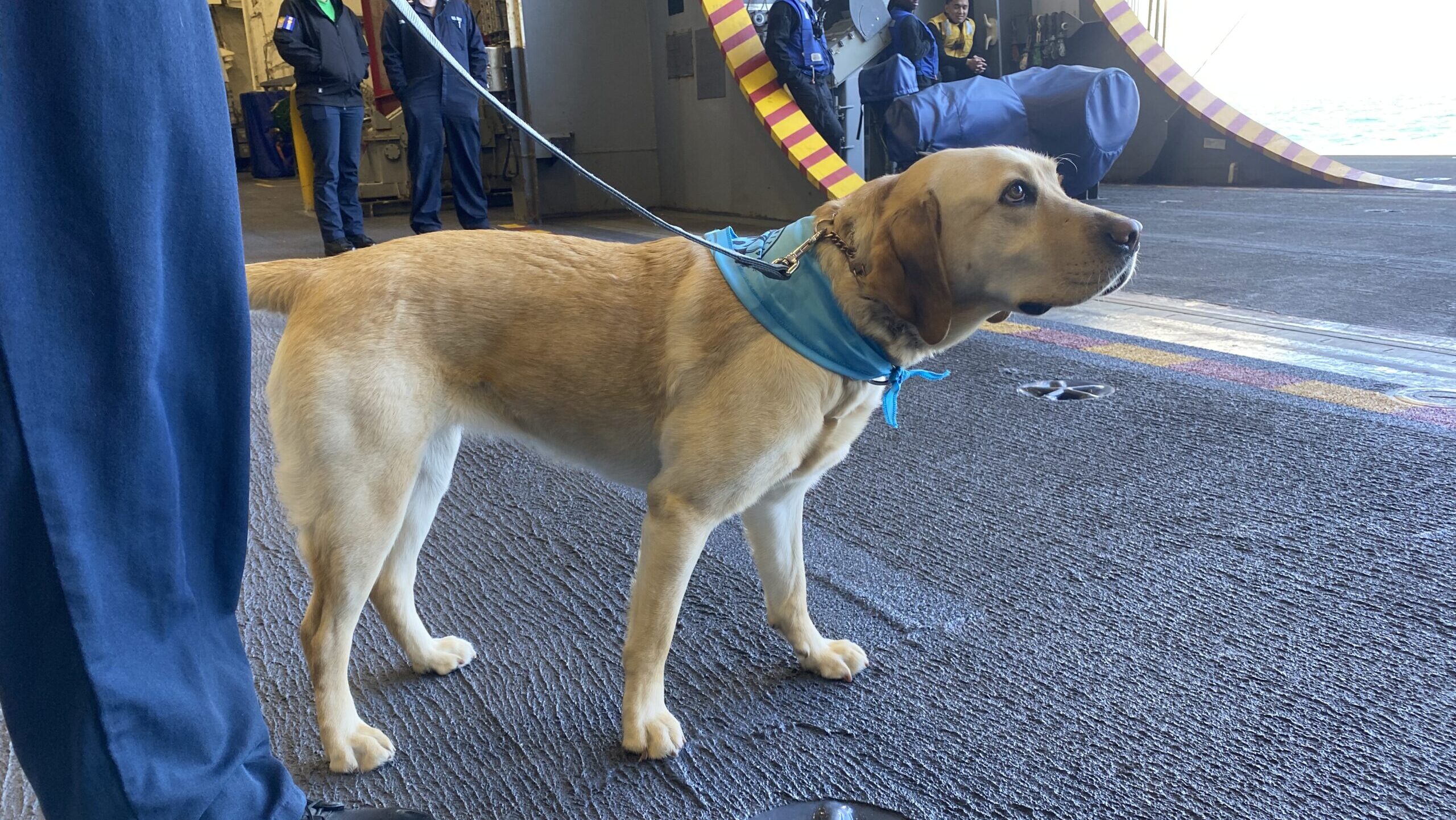
Capt. Sage is a “mutt with a mission” aboard the aircraft carrier Gerald R. Ford. (Photo by Justin Katz/Breaking Defense.)
Aboard the Ford, as reporters continue to question Lanzilotta, Burgess and the other officers in the hangar, yet another Navy captain approaches from the rear accompanied by an enlisted sailor. Capt. Sage, sporting an aquamarine bandana, is a five-year-old labrador retriever who joined Ford’s crew during a previous deployment.
She is clearly accustomed to life aboard an aircraft carrier and doesn’t react to the overwhelming noise of flight deck operations — or a group of reporters eager to take pictures and say hello. Beyond having a photogenic face and pleasant demeanor, Capt. Sage and other “mutts with a mission” are trained to detect increased levels of cortisol — a hormone the human body produces in response to stress — and proactively approach sailors who might benefit from her company, according to Navy officials.
That she is called “Capt. Sage” is not an inside joke by the crew, her handler says. The Defense Department has a history of bestowing ranks on animals who play their part in the military, and the Navy in turn officially made the dogs who embark their warships captains.
Back on the flight deck, fighter jet launch and recovery operations are in full swing. Every sailor wears a colored jersey that indicates their range of responsibilities. Purple jerseys refuel aircraft. The ship’s public affairs staff shepherding reporters on this tour are wearing green. Yellow jerseys direct pilots taxiing around the flight deck.
The deafening sounds of the jets mean virtually all commands are conveyed through sign language. Perhaps the most iconic of those signs is the angled-one-knee-on-the-ground position two sailors, both sporting white jerseys, will take at the rear of a jet just moments before it takes off.
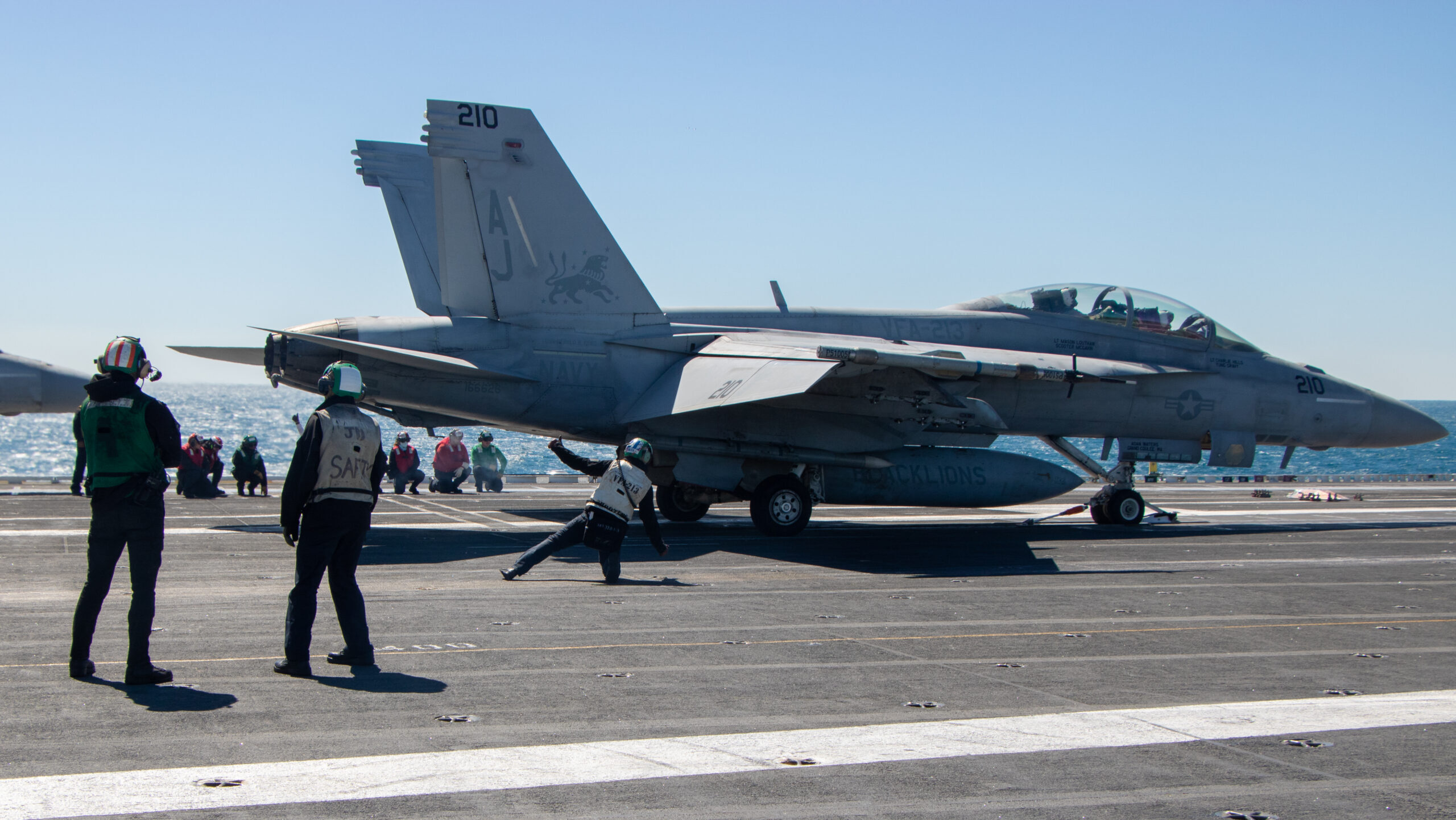
A Super Hornet about to take off from the flight deck. (Photo by Justin Katz/Breaking Defense.)
The one exception to the all-sign language rule is commands from aircraft handling officer overseeing operations. Using a public announcement system which the Navy calls the “5MC,” the handler routinely calls out the names of the jets launching and landing, and makes other announcements to let the crew know the current stage of operations.
At one point, he abruptly shouts “Clear the LA!” using an acronym for “landing area.” It’s not immediately clear what the officer spotted, but the sea of colored jerseys all back away from the runway when they hear it. Seconds later, a big screen sitting adjacent to the runway that shows green stoplight-like circles goes partially red, signalling to a pilot coming in for a landing that something has gone wrong, and they must abort that landing attempt.
After observing flight deck operations for half an hour, it is time to return to shore, which means boarding another C-2A Greyhound. The Navy plans to retire the Greyhound fleet next year in exchange for the V-22 Ospreys, which can take off and land on a ship vertically like a helicopter rather than the rollercoaster-like ride of a catapult and trap required for fixed-wing aircraft like the Greyhound.
But for anyone who does find themselves sitting in the cabin of a Greyhound about to be catapulted off the flight deck using the incredible power of electromagnetism, then this reporter has a piece of advice: The passenger seats in the Greyhound’s cabin face backwards, which is why the abrupt landing can pin people into their seats, as a opposed to a car where braking results in a passenger leaning forward, away from the seat.
This means that, inversely, the G force of launching will pull passengers forward. If someone were to lift their feet in the seconds before launch to try to properly brace, it could result in that person’s shins being forcefully thrown into the seat in front of them.
“Here we go!” the air crew chief yells, once again waving his hands frantically to get everyone’s attention. The plane’s engines roar. The catapult jolts the Greyhound forward, shooting off into the air.
Ow. That is going to leave a mark.












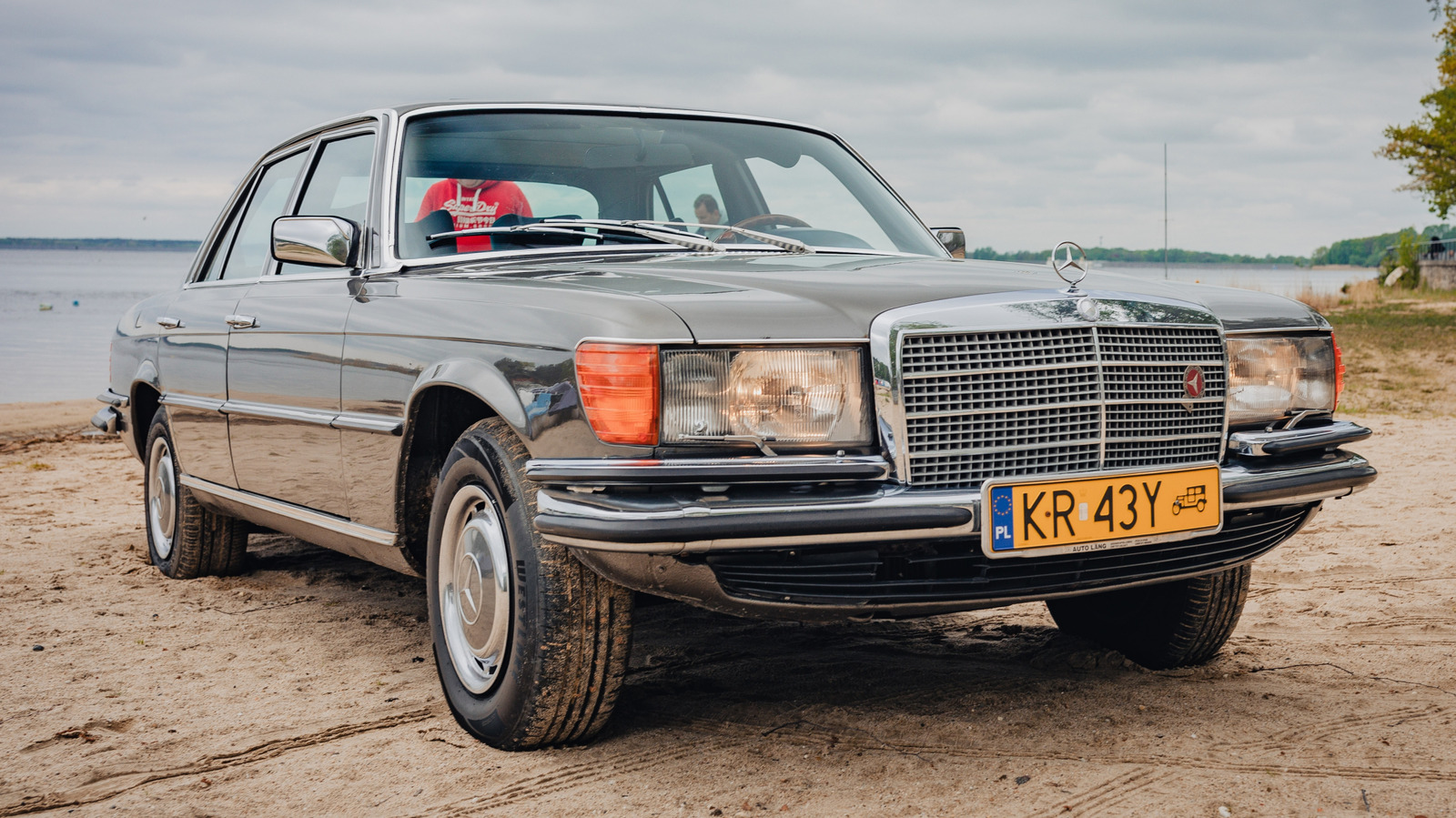






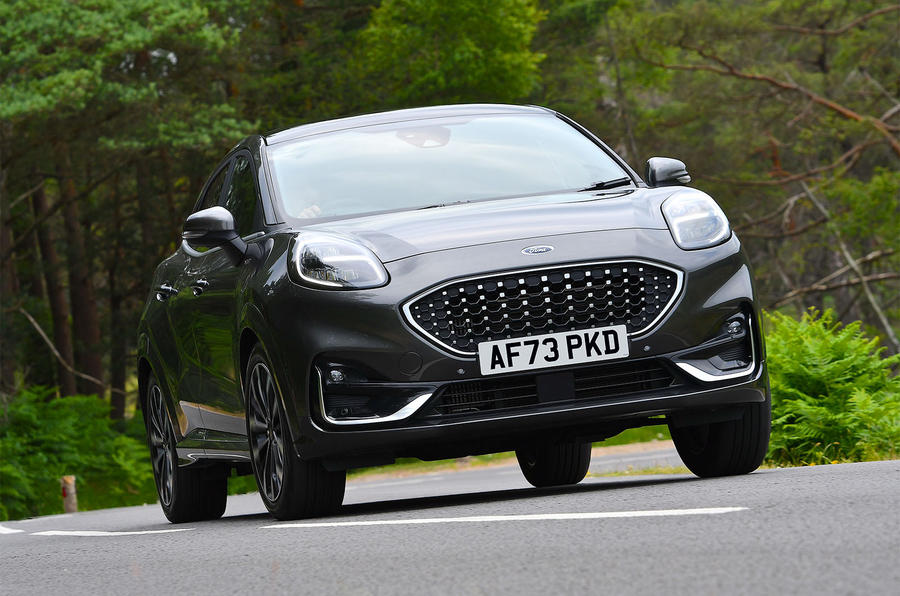














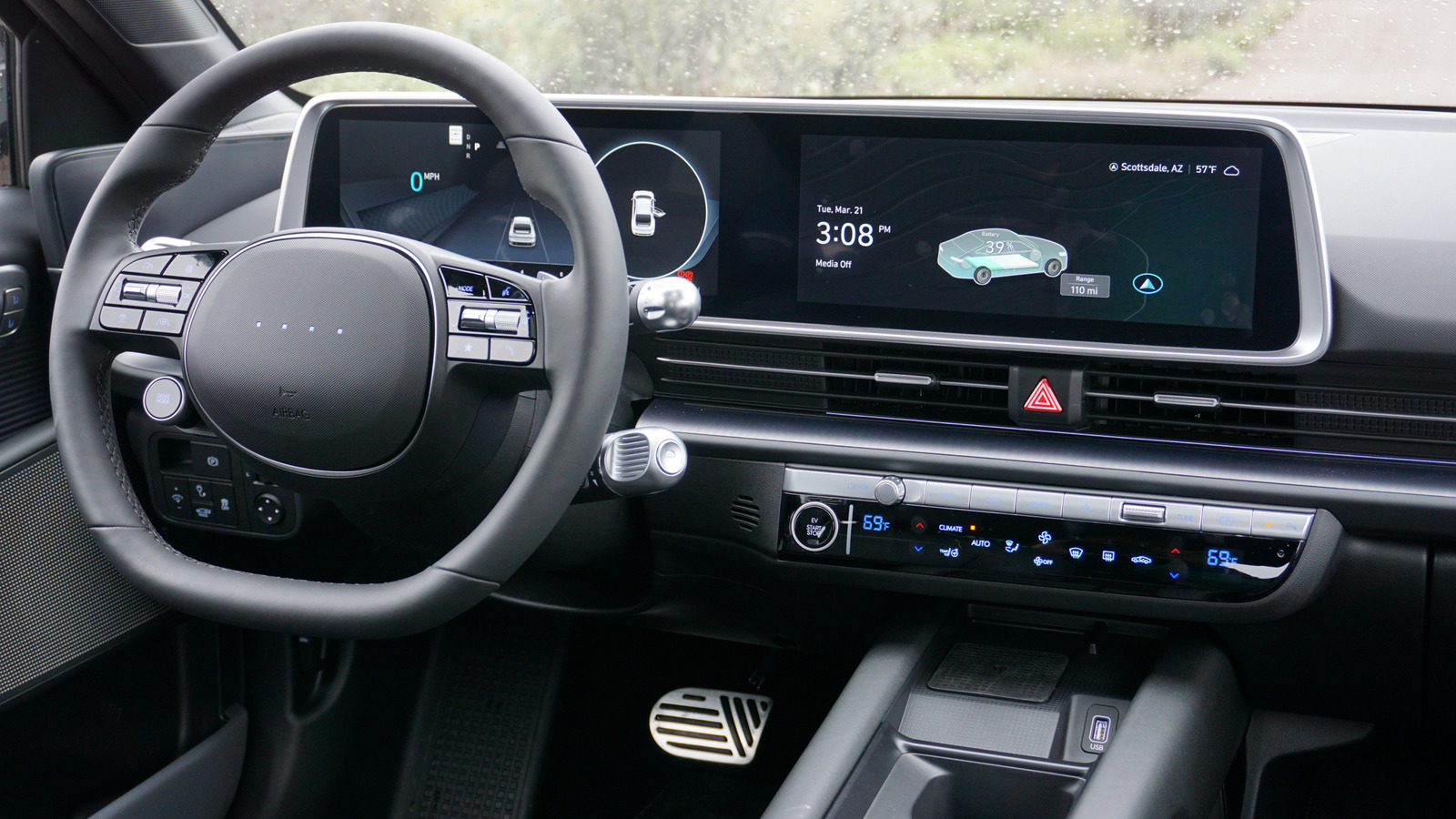
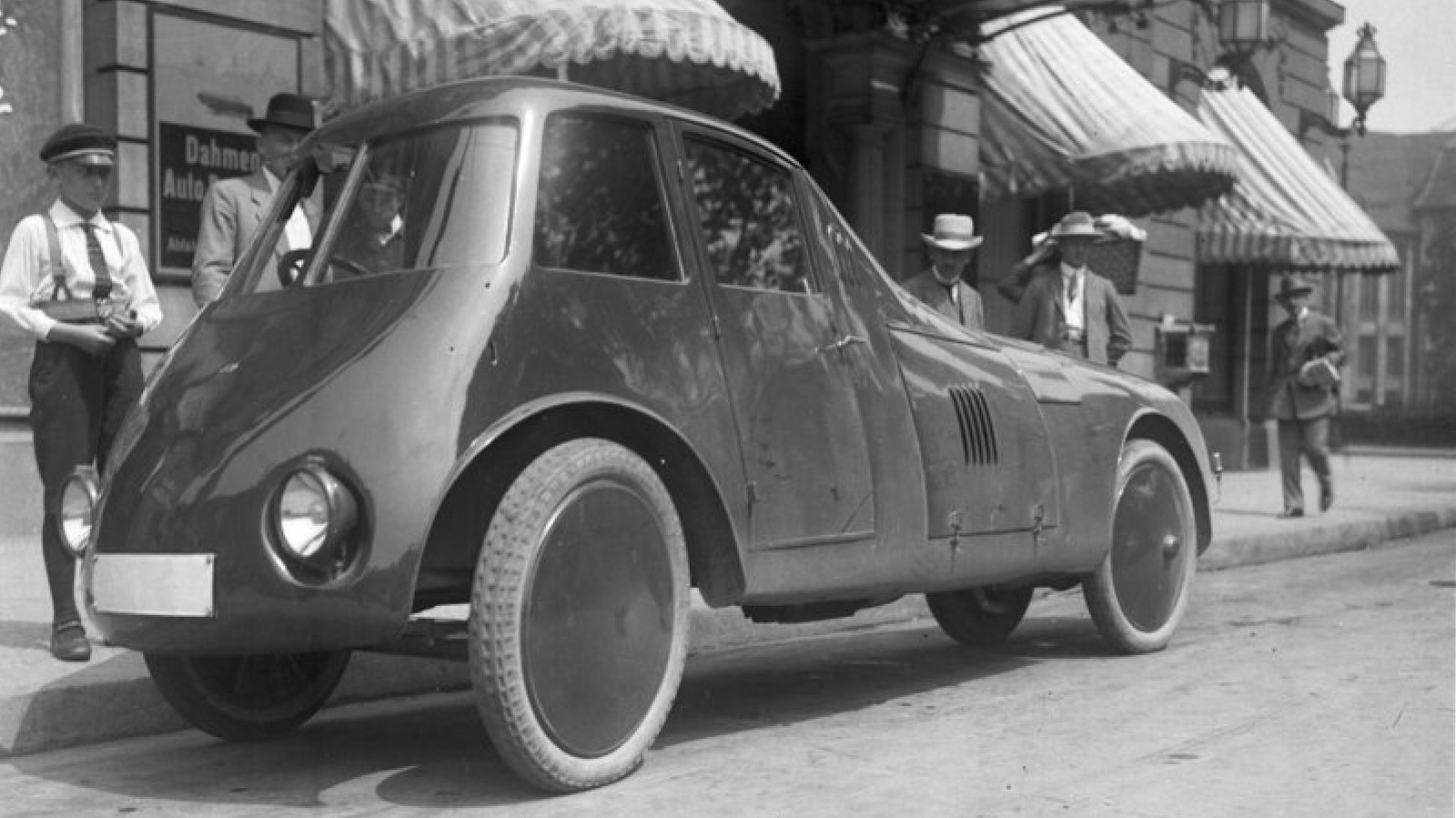

































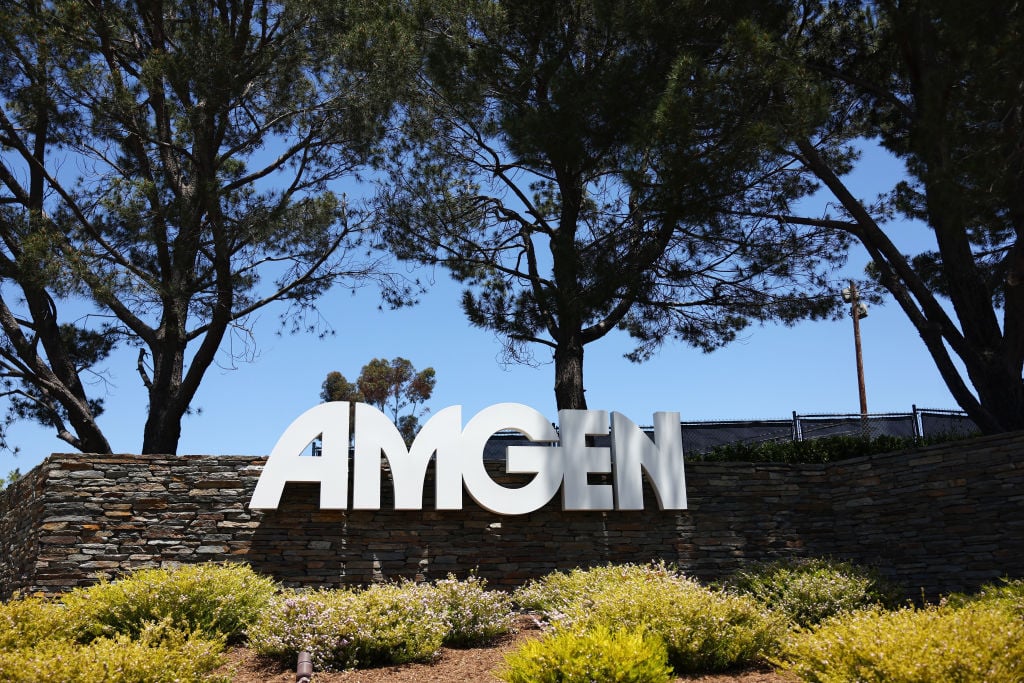























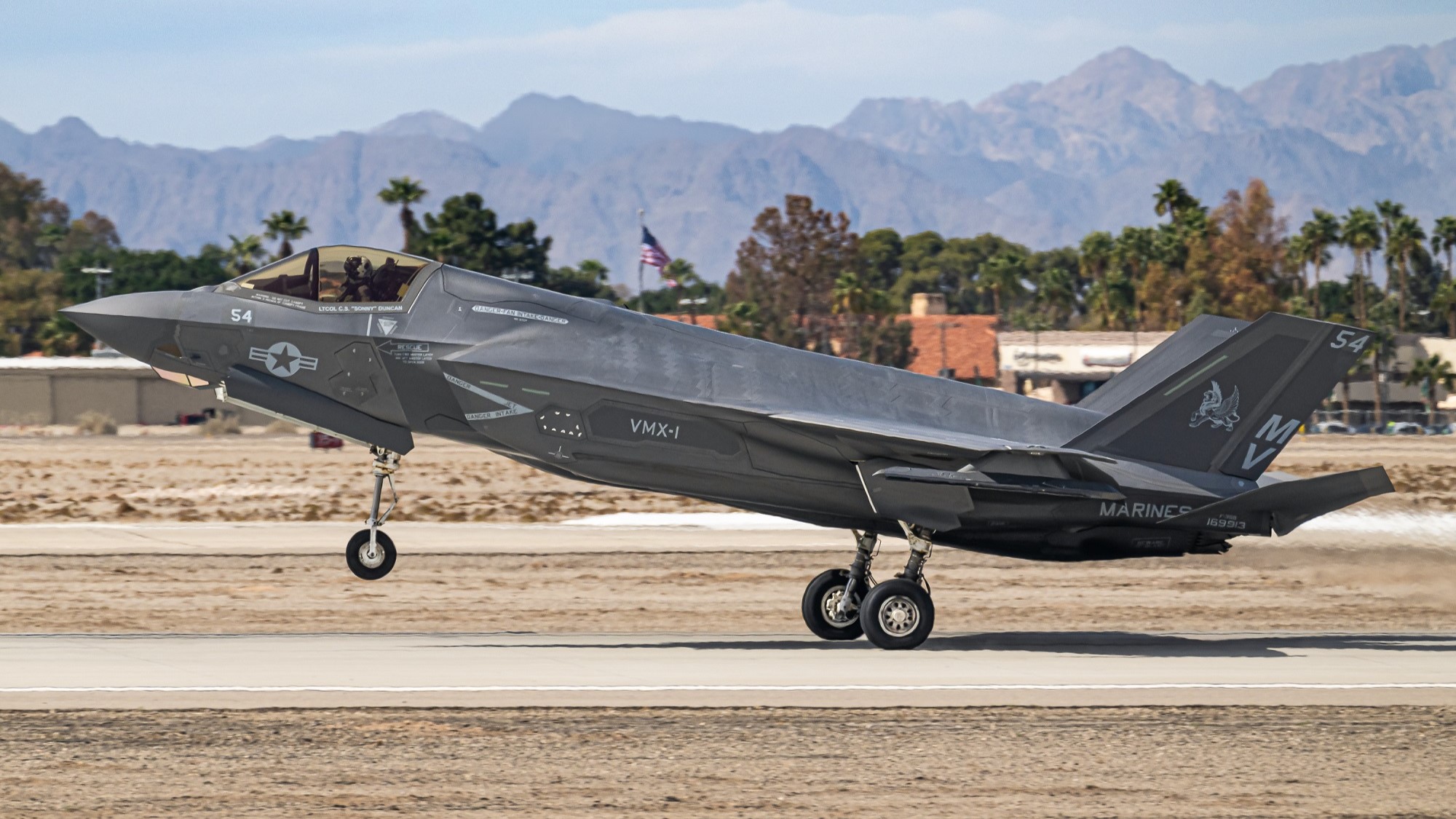
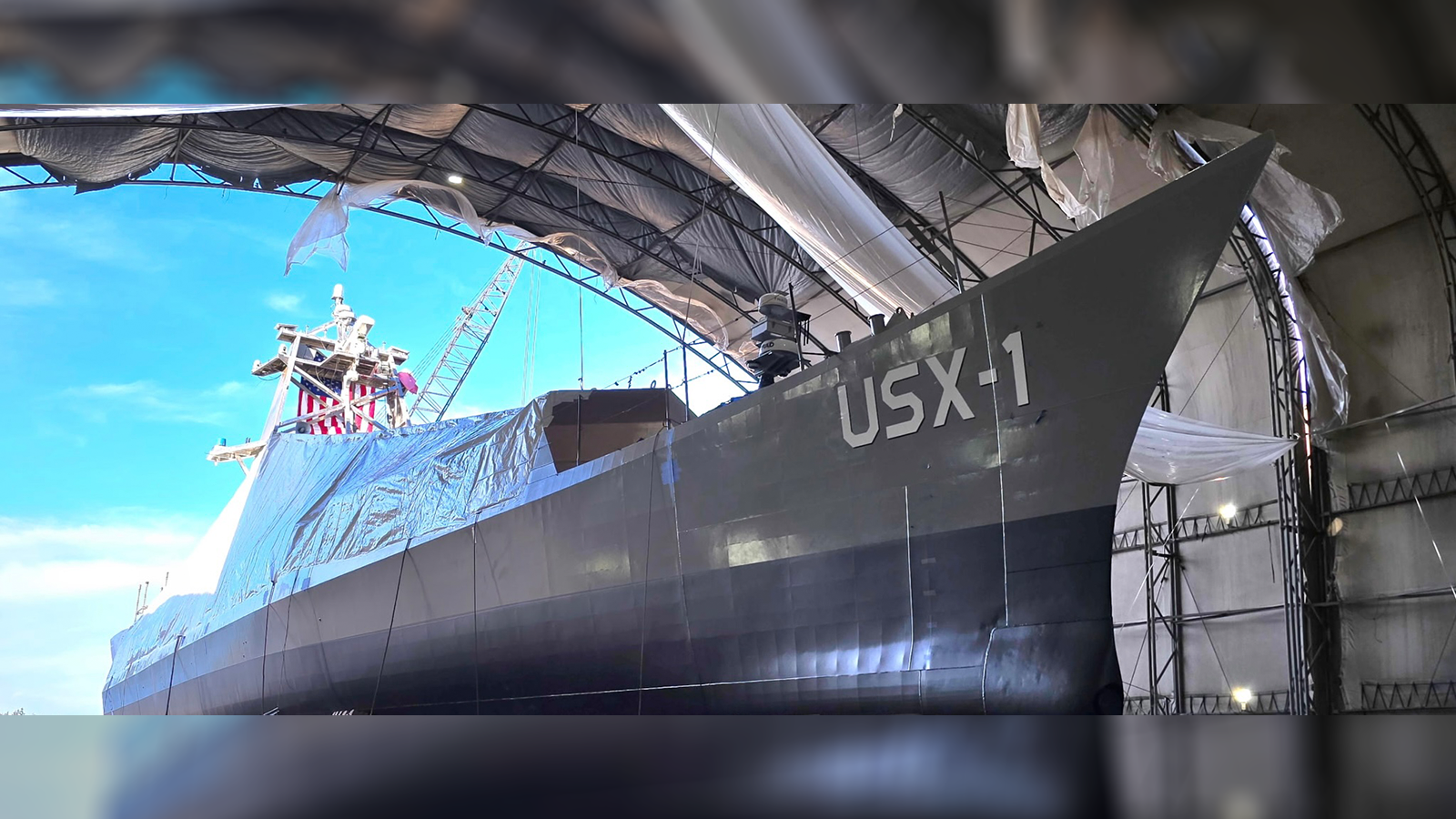
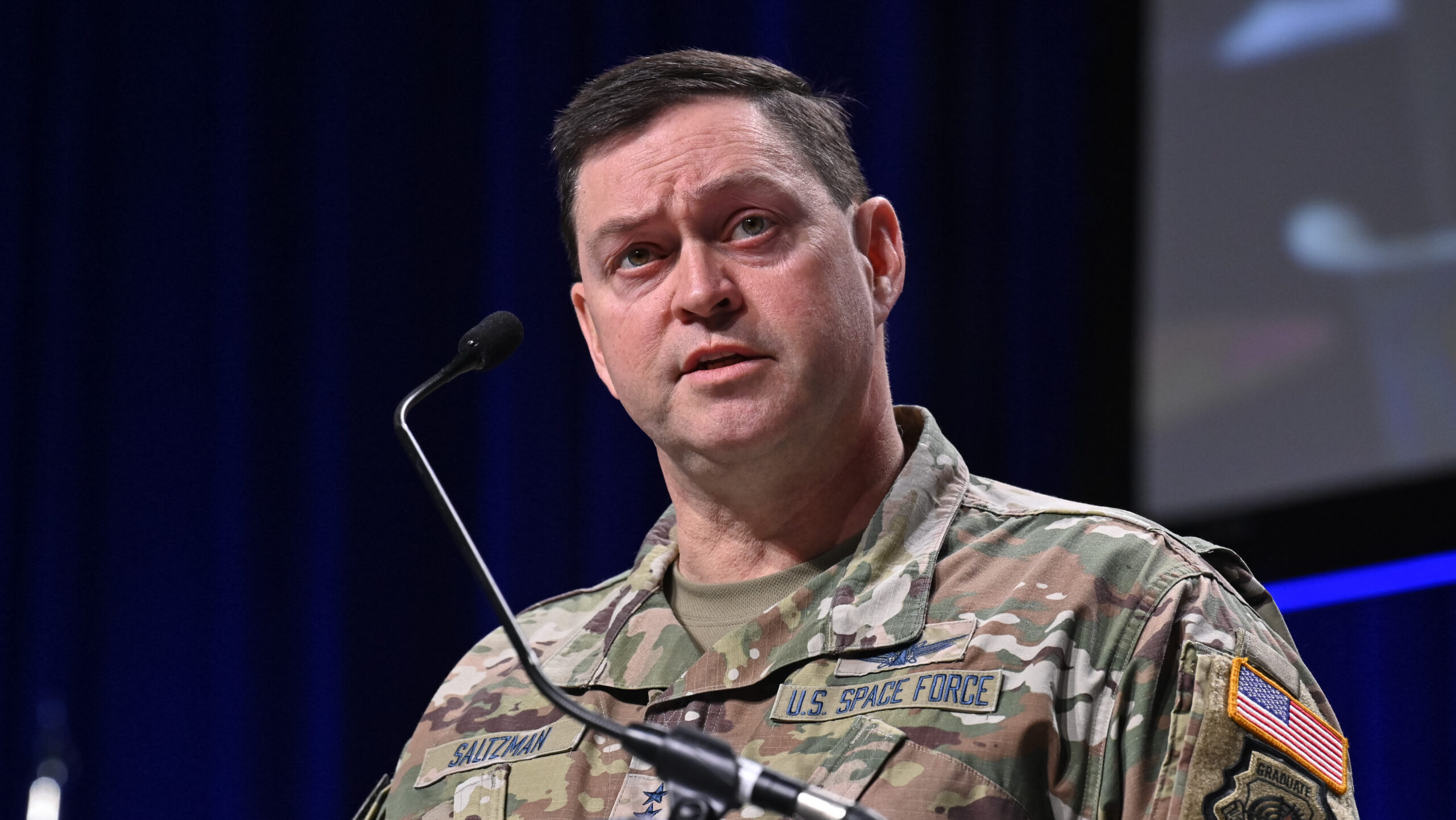
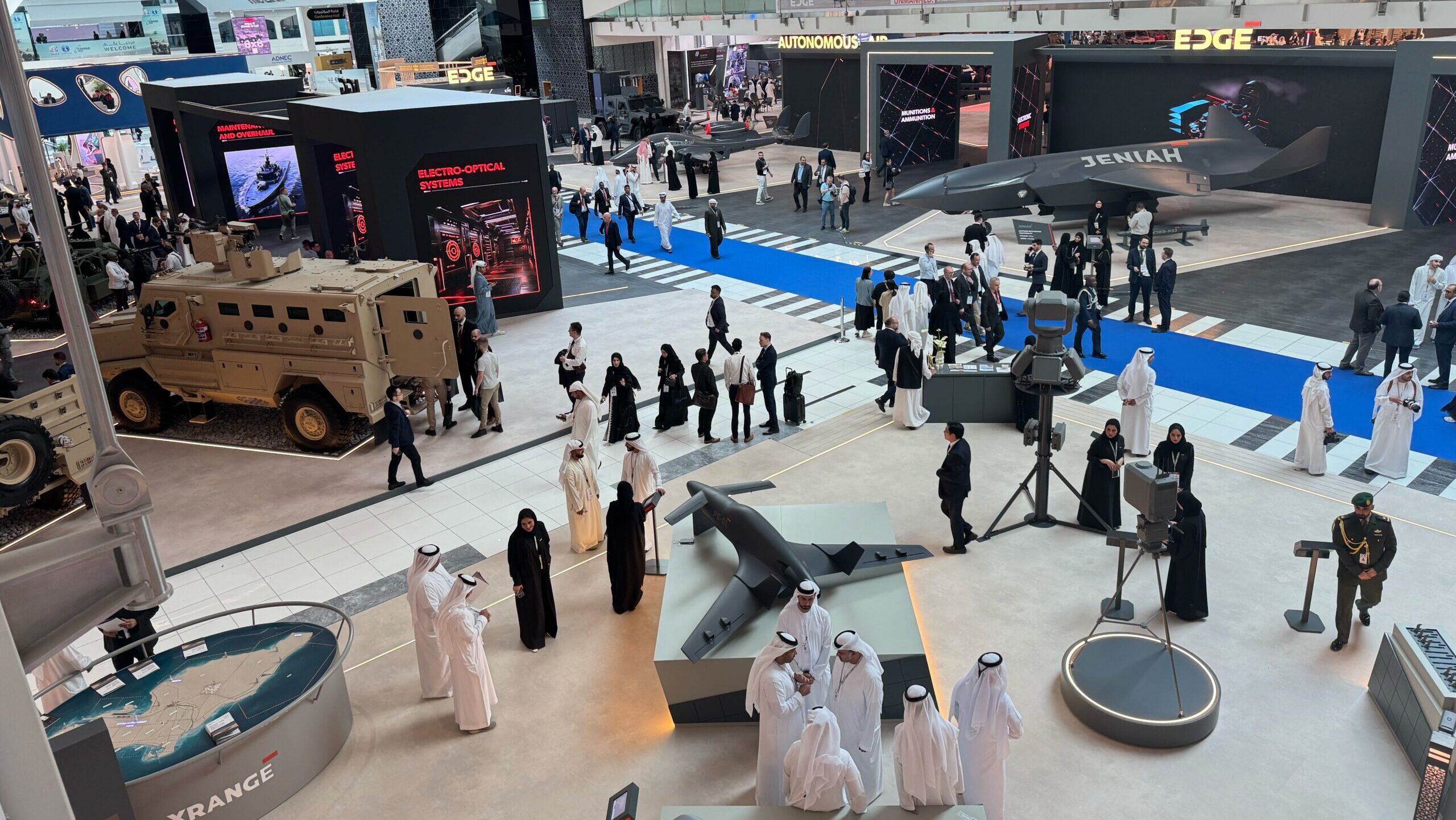











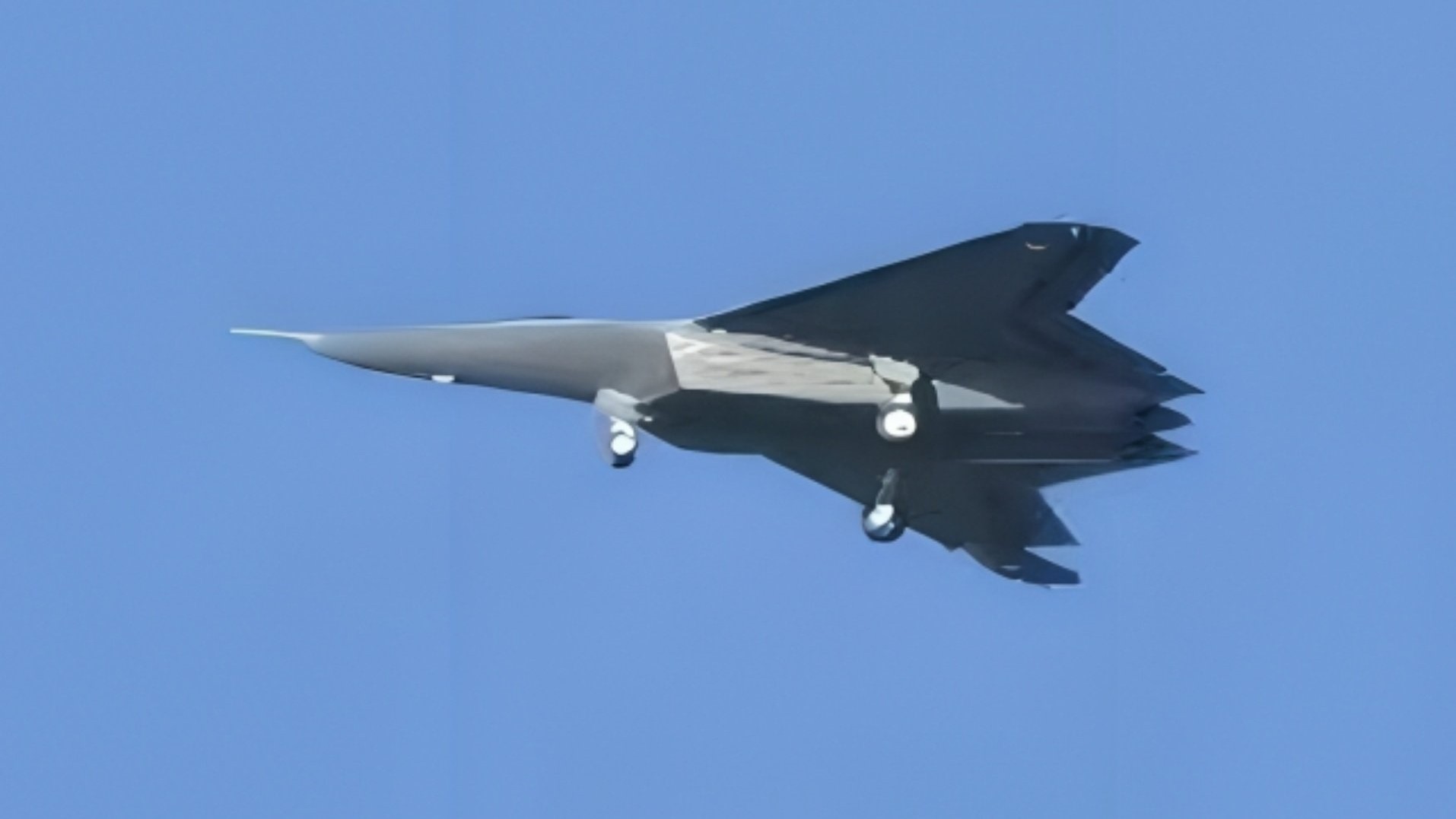

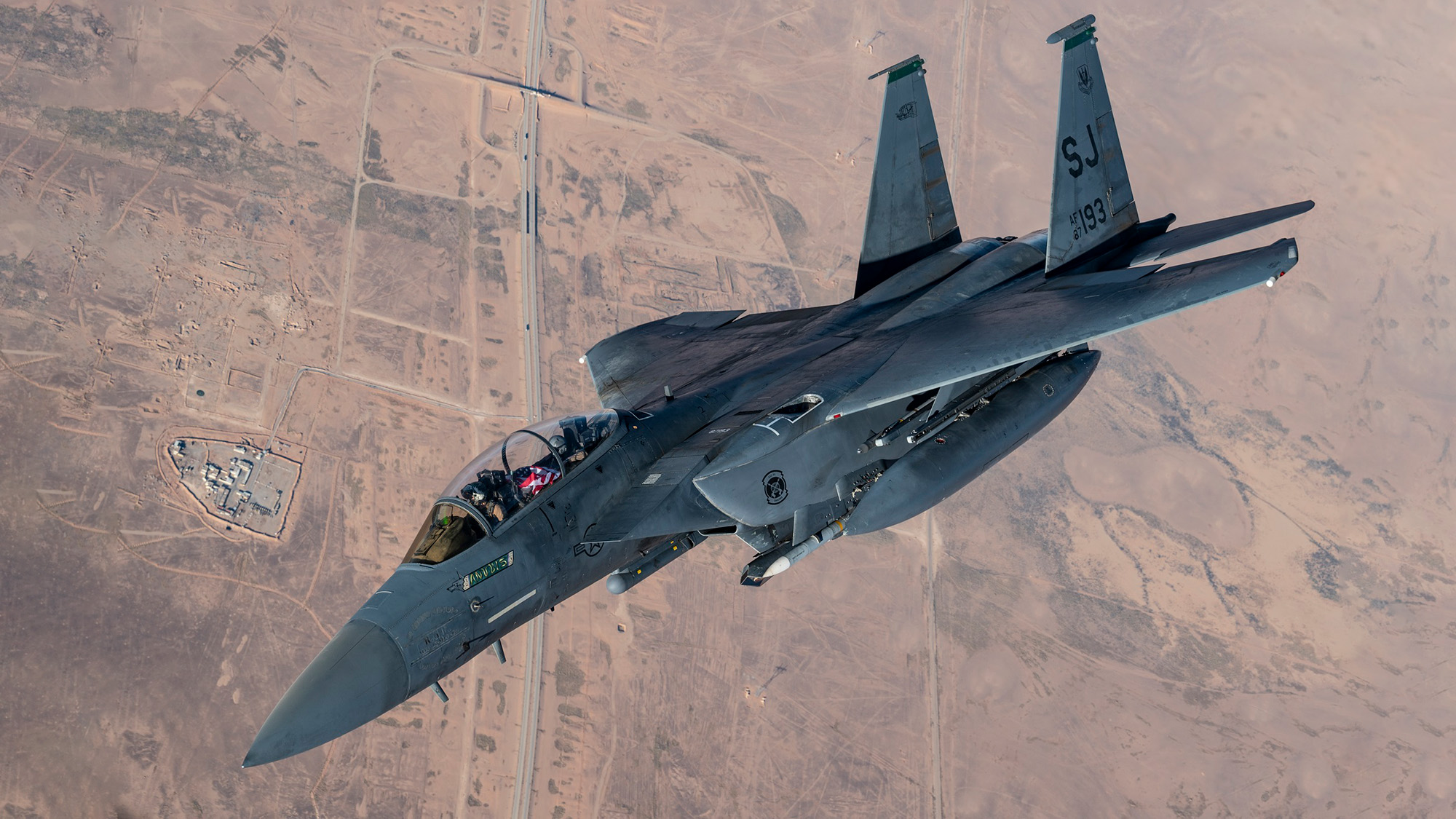





































.jpg)























